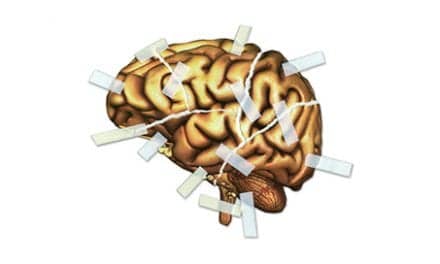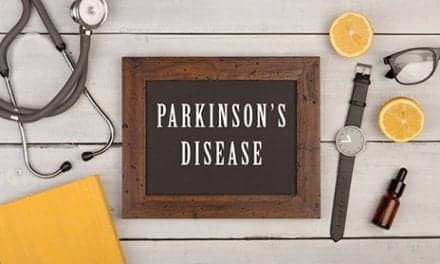The use of a robotic exoskeleton during inpatient rehabilitation for acute stroke may improve function, Kessler researchers suggest, in a study published in NeuroRehabilitation.
Among stroke survivors, functional ambulation deficits limit their ability to perform activities of daily living, participate in the community, and live independently. One promising approach is to use robotic devices to provide therapy early after stroke when neuroplasticity allows for maximal gains. For this study, the Kessler team analyzed the ability of the robotic device (Ekso GT by Ekso Bionics Inc) to provide gait training to restore functional gait in individuals with stroke, a media release from Kessler Foundation explains.
The authors are Kiran K. Karunakaran, PhD, Sharon Gute, Gregory R. Ames, Kathleen Chervin, and Karen J. Nolan, PhD, of the Center for Mobility and Rehabilitation Engineering Research at Kessler Foundation, and Christina M. Dandola, PT, of Kessler Institute for Rehabilitation. Kessler scientists and clinicians have faculty appointments at Rutgers New Jersey Medical School.
Inpatient Rehab Using Exoskeleton
Participants included 14 individuals (mean age 61.24 years ± 1.98) who received inpatient rehabilitation at Kessler Institute for Rehabilitation for moderate to severe hemiplegia caused by stroke. Their physical therapy sessions (45-90 min) included conventional standard of care (SOC) and overground gait training in the robotic exoskeleton (RE). All participants received both therapies and the same overall amount of therapy time.
At baseline and follow up, functional ambulation was assessed by 10-Meter Walk Test, (10MWT), Timed Up and Go (TUG), and 6-Minute Walk Test (6MWT). Data collected during SOC and RE sessions included distance walked and number of steps taken.
Results showed that total distance walked was higher during RE sessions compared with SOC sessions. The number of steps walked during RE sessions correlated to walking distance during physical therapy. Participants also increased their walking distance during physical therapy with increased use of RE. At follow up, there were improvements in speed, balance, and endurance compared with baseline. There were no complications or falls related to RE gait training, the release explains.
“These improvements in functional ambulation have important implications for recovery following stroke. Regaining functional ambulation means spending more time in the community, which correlates with better quality of life for individuals recovering from stroke. We anticipate that the increased dosing provided by training in the robotic exoskeleton may contribute to improvements in balance and quality of gait, as well as improved functional ambulation.”
— Karen J. Nolan, PhD, director of the Center for Mobility and Rehabilitation Engineering Research at Kessler Foundation
The study also has implications for the timing of gait training after stroke. Previous research suggests that early intervention with higher dose may confer long-lasting effects.
“We have seen that individuals treated soon after their stroke have better function at 6 months than their counterparts with delayed rehabilitation. Administered early, higher dose gait training can make a significant difference in the lives of individuals recovering from stroke.”
— Kiran K. Karunakaran, PhD
[Source(s): Kessler Foundation, Science Daily]
Related Content:
How Gait Training Via Exoskeleton Helps Boost Stroke Recovery
Gait Training: Keep it Challenging
Study Demos Robotic Training Method That May Help Improve Crouch Gait





